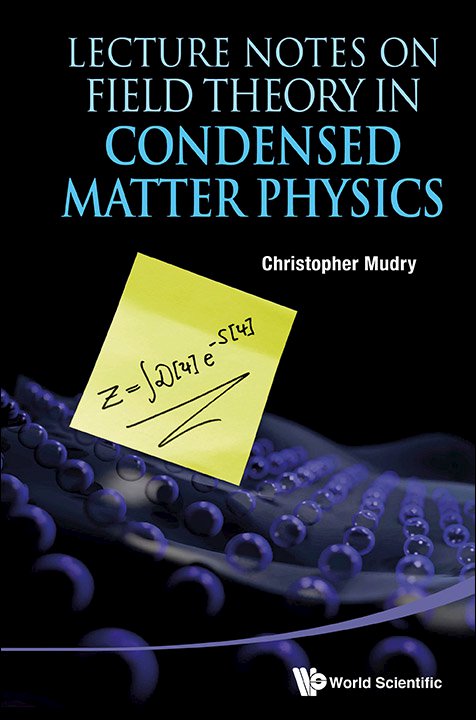Chapter 3: Non-Linear Sigma Models
The O(N) Non-Linear Sigma model (NLσM) is defined as an effective field theory that encodes the pattern of symmetry breaking of an O(N) classical Heisenberg model defined on a square lattice. A geometric and group-theoretical interpretation of the O(N) NLσM is given. The notions of fixed points and the notions of relevant, marginal, and irrelevant perturbations are introduced. The real-valued scalar (free) field theory in two-dimensional Euclidean space is taken as and example of a critical field theory and the Callan-Symanzik equations obeyed by (m + n) point correlation functions are derived for the two-dimensional O(2) NLσM. The Callan-Symanzik equations are generalized to include relevant coupling constants. The Callan-Symanzik equation obeyed by the spin-spin correlator in the two-dimensional O (N > 2) NLσM is derived. The beta function and the wave-function renormalization are computed up to second order in the coupling constant of the two-dimensional O(N > 2) NLσM. It is shown that the free-field fixed point is IR unstable in that the coupling constant flows to strong coupling upon coarse graining and that there exists a finite correlation length that increases exponentially fast upon approaching the free-field unstable fixed point. The beta function for the O(N) NLσM is also computed in more than two-dimensions, in which case it exhibits a non-trivial fixed point at a small but finite value of the coupling constant.



